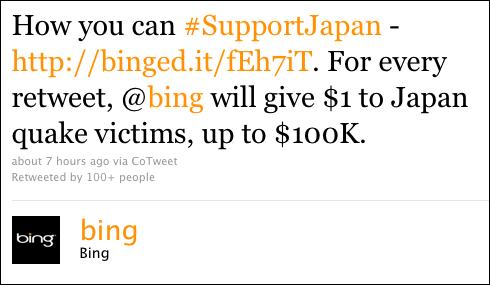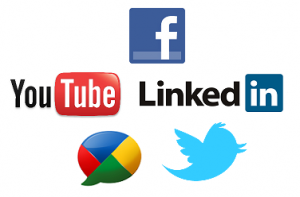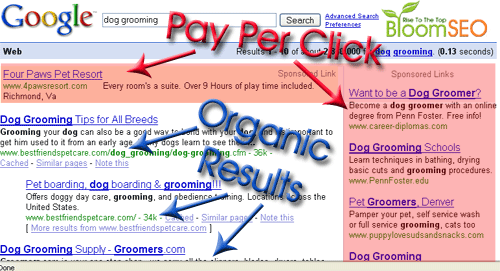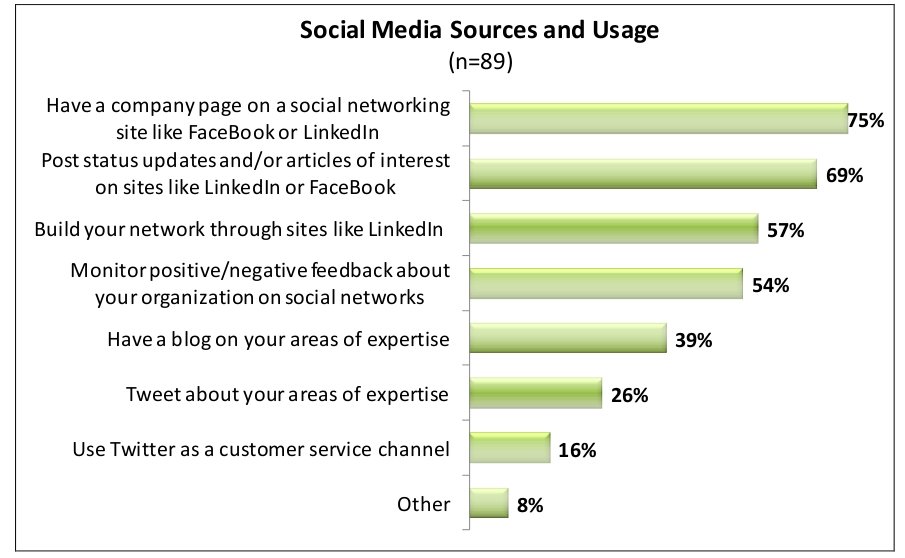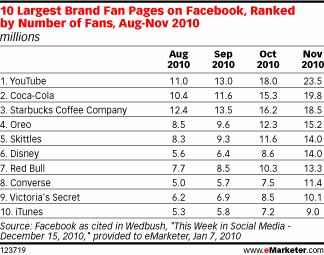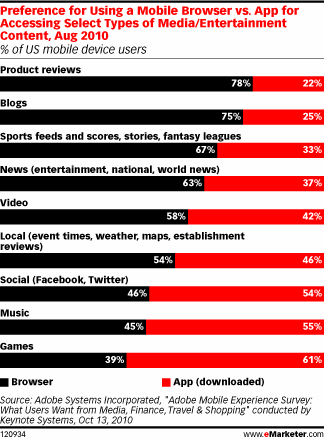The internet is taking over as a news source for adults.
A research report released by Pew Research Center shows that the internet now only lags television as the source for news for adults in the United States. Newspaper viewership has been bumped down. It seems the time is ticking for companies that are solely relying on newspapers as their source of revenue. While other media channels were able to make gains in revenue in 2010, newspaper revenues fell (read more…).
What is surprising however, is that television was able to increase its revenues despite having the largest decrease of news viewership.
While the information about television from the above two graphs may seem contradictory (shouldn’t revenues shrink with a shrinking audience), the increase in revenues for television can be explained by the fact that they were largely helped by the bail-out of the auto sector in 2008; much of the auto sector’s advertising was done through television. As audiences continuously turn to the internet, it is not unreasonable to assume that the auto sector will begin to focus their resources on that medium. Time can only tell exactly when the internet will become the king as a news source, but it is inevitable of all the content and convenience the web has to offer.
The significance of the Pew Research Report is that the shift to the internet combined with the increasing online presence of social media and mobile use will mean that the way that journalism is reported and marketed may have to change. Social media is a marketing system in itself, and it has become quite apparent that people in networks, market to their networks, information that they find interesting. Furthermore, this occurrence is significantly enhanced with the ability of people to access the internet from their mobile. Finding out about news anytime, anywhere, will amplify the requirement for news media companies to be the first to report, and the news must be appealing to gain the attention of internet users from the infinit amount of online content. In addition, news will have to be readily accessible, and just like any content on the web, Search Engine Optimization, and Social Media Optimization will have to be amongst the primary goals of the news media.

